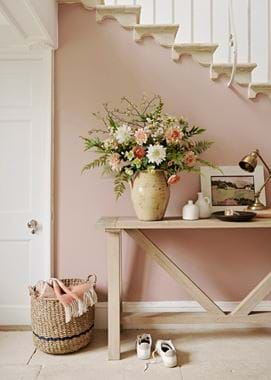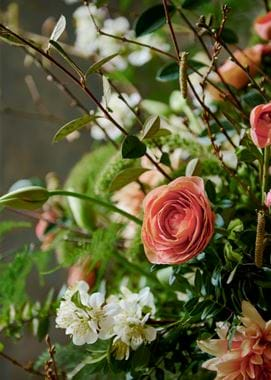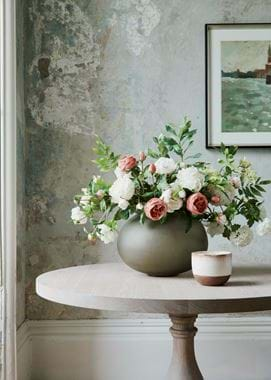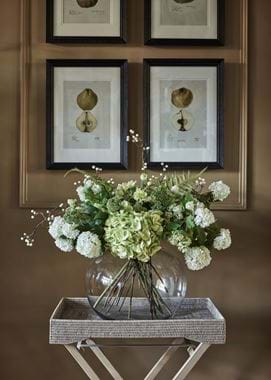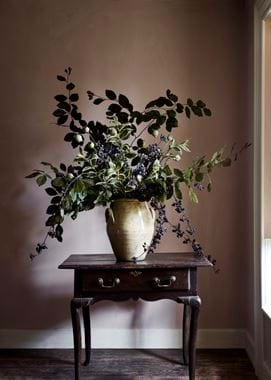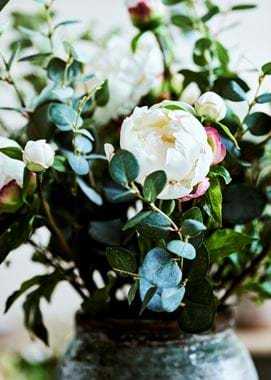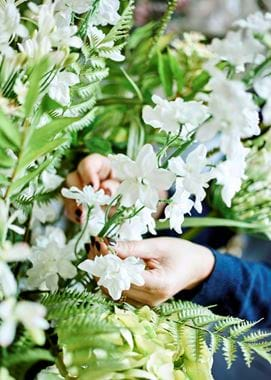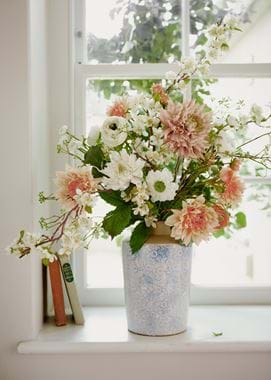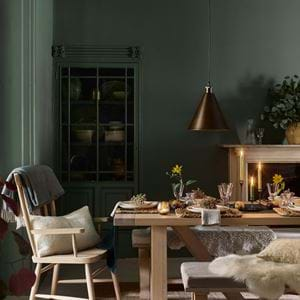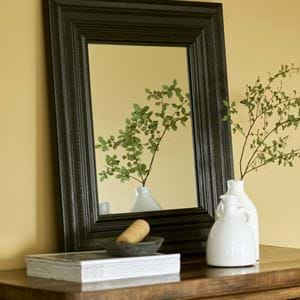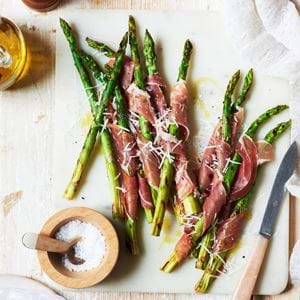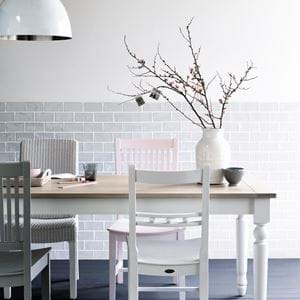Creating flower arrangements with scale
Creating flower arrangements with scale
You might’ve noticed that we often arrange our life-like stems rather simply – single flowers in bottles, casual bunches and greenery-only vases. But we love a ‘proper’ arrangement too, be it a hand-tied bouquet or a vessel that’s spilling over with carefully-placed blooms. They involve a little more effort, but they’re lovely for adding a sense of occasion when you’ve got visitors coming. Hannah Redman is the person we’ll usually turn to when it comes to taking our flower-arranging up a notch. She’s the wife of one of our founders, Giles, and has something of a way with flowers, which she also grows for cutting in her garden. A couple of years ago, she shared her floral tips with us – from choosing colours and containers, to her favourite blooms for each season. And recently, she told us about a trick for creating arrangements with volume and scale…
Typically, you’ll use floral foam to create arrangements this large – especially in wide-mouthed pots like the antique urns I tend to use, where the flowers will need a little more support. But, floral foam is something I try to avoid because it’s actually made from plastic, and isn’t something you can reuse.
Instead, I’ll use bundles of twigs to create a framework to place my flowers into. You can use chicken wire too, but I prefer the organic approach and will pick up twigs when I’m out on a walk, or collect the windfall ones from my garden. Just don’t use straight twigs. They won’t work – you need ones that have twists and sprigs and mini branches coming off them, and preferably ones that are bendy too, like willow.
Then, grab them together so they’re entwined – like you’re playing pick-up-sticks – and place them upright but at angles into your vessel. You want to really pack them in and layer them up; they need to create a dense, firm ‘nest’ that you can arrange into. The ends will poke out over the top, but that’s fine because you’ll either hide them amongst the flowers or you can leave them showing, to add another layer of interest.
Once you’ve got your frame, you can start to tease the stems into it. This is where you can play around with placing the stems at different angles to create a natural flow to your arrangement. That’s the other big advantage of using twigs over floral foam – foam is more structured, and things can end up looking a bit forced.
When it comes to watering, it all depends on the type of container you’re using. If it’s waterproof, then add water as you normally would – just make sure the flowers can reach it through the twigs. But if yours isn’t water-tight – if you’re using a porous stone or terracotta pot – then hide a vessel that is water-tight inside. I use glass bowls inside all of my urns. And if you’re arranging with a mix of life-like flowers and real ones like I’ve done here, then you’ll need to place the life-like ones so their stems are sitting above the water – they have wire inside their stems that lets you bend and shape them, but it’ll rust if it gets wet.
And then, when your arrangement’s past its best or it’s time for a change, you can just wash and dry the twigs and use them again another day.
Explore our flower shop.

